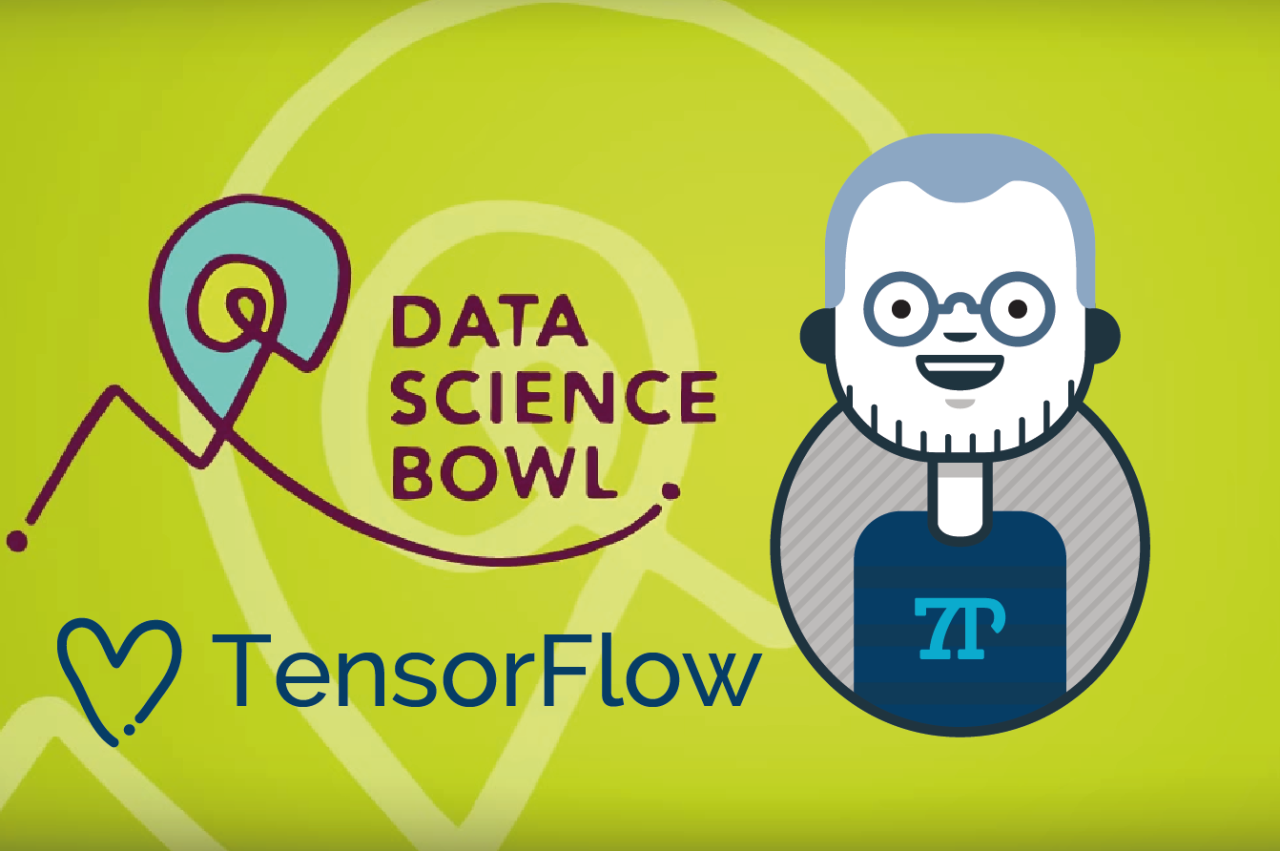
7Puentes joined the Second Data Science Bowl, organized by Kaggle, the world’s largest community of data scientists. Specifically, this contest represented an opportunity for the data science community to take action to transform how the medical science diagnoses heart disease. Kaggle challenged specialists to create an algorithm to automatically measure end-systolic and end-diastolic volumes in cardiac MRIs (Magnetic Resonance Imaging, considered the gold standard test to accurately assess the heart’s squeezing ability).
584 teams of data scientists around the world examined MRI images from more than 1.000 patients, compiled by the National Institutes of Health and Children’s National Medical Center (US), and is an order of magnitude larger than any cardiac MRI data set released previously. They had 90 days to solve the challenge.
One of the tools used by 7Puentes team was TensorFlow, an open source software library for numerical computation that uses data flow graphs, which describes mathematical computation with a directed graph of nodes & edges. The flow of tensors through the graph is where TensorFlow gets its name. Nodes are assigned to computational devices and execute asynchronously and in parallel once all the tensors on their incoming edges becomes available.
Our team, represented by Axel Brzostowski, decided to focus on several heart images from the left ventricle, enclosing the analysis to an specific cut (sax shot), which was took from superior areas of the heart. “From the analysis of MRI’s images we established the volume of blood that the heart pumps every beat, and that allowed us to determine how the organ behaves, if it works correctly or not”, explained Brzostowski, and added: “Via Sobel filters we had the chance of demarcating the borders of the ventricle (filters coloured them) and making an accurate observation”.
As a first step, Brzostowski saved input files. Then he got the dimensions of images and prepared the vectors that he used to store their outlines. He iterated them later, applied Sobel filter and adjusted the grey scale curve.
Below you can find a video elaborated by 7Puentes team that shows that the heart is the muscle that registered more movements in the images sequence. That allowed the ponderations of the outlines, based on the proximity of the total movement.
To make that possible we saved the distances between consecutive outlines to calculate lately the total movement areas. Also, each outlines were saved for future calculations.
In our next article we’ll show you all the work made by Axel Brzostowski, step by step, with all the codes developed by him. More to come. Keep posted.

